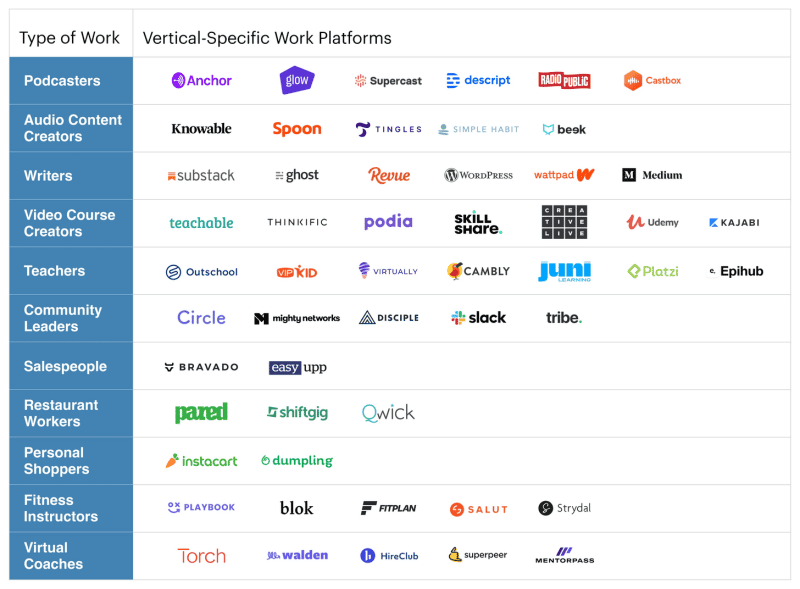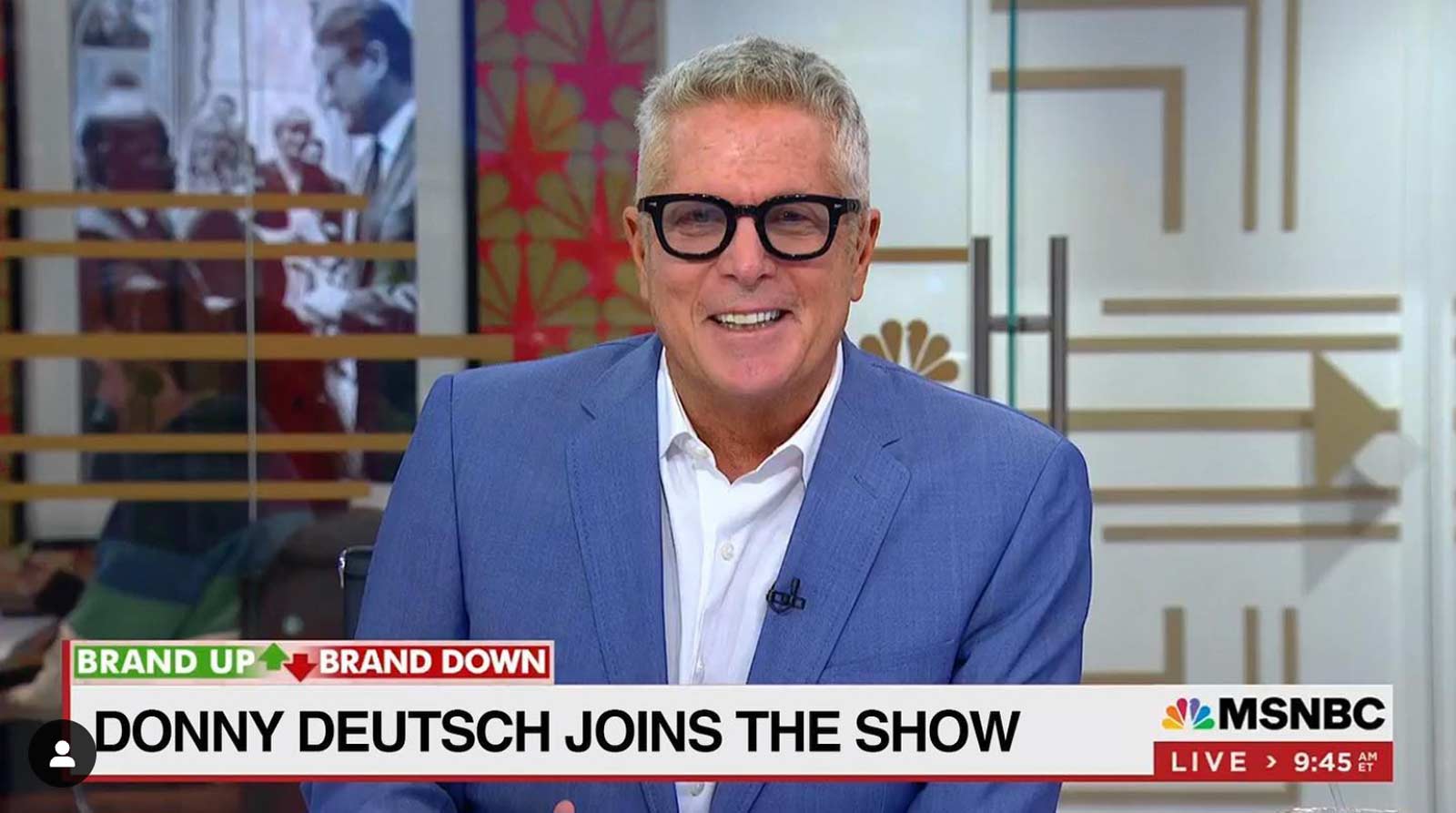Back when I was still at BlogHer, the startup I co-founded for digital influencers, I recall a woman in our network writing to me and my co-founders the first time she’d received payment for the ads we ran on her blog. The check was in the whopping two figures, but the amount hardly mattered, she said. She was elated that, for the first time ever, she was paid for doing something she loved.
Of course, gig economy platforms have since made it easier to pay bills while pursuing our passions (think: a musician who drives for Uber in between gigs), or for taking on micro-versions of our passions (think of a carpenter who picks up handiwork projects on Taskrabbit, or a Web designer bidding for projects on Fiverr), or getting paid for supplemental work we love but that doesn’t always pay so well (Outschool, for grade-school teachers). The challenge, however, with gig work is that our efforts are commoditized; we earn what the aggregated market will bear, not what our unique abilities or expertise can yield. And we can only monetize the time we actually put into the work.

There is no upside or compounding value.
But what if we could get paid to do what we love even when we’re not doing it? What if our work, like an investment portfolio, accrued value over time — to the point that we could sustain ourselves and then some, through work we loved?
That, my friends, is a Creator’s Holy Grail.
In this piece on Medium that I found to be spot on in describing how the Gig Economy is evolving to enable creators to realize this outcome, Casey Botticello defines the Passion Economy:
In contrast to the gig economy, the passion economy is one in which freelancers and entrepreneurs create digital products and services that can be consumed over and over, thereby generating passive income.
Applying this to today’s creators I think of one of my favorites, Pahla B. — my “best middle-aged fitness friend” — who has amassed quite the fangirl empire inspiring women to make peace with their menopausal bodies. In Gig1 days, we creators had to produce, produce, produce, and hope that the residual CPM income off of our YouTube feed, programmatic blog ads, and claps on Medium would sustain us. We shucked and jived, tweeting every new piece of content in A, B, C, D, and E versions, shilling free ebooks in podcasts we did gratis, hoping we’d get a paying speaking gig. Some of us even had our own merch or hoped for affiliate revenue on Amazon.

But now, creators like Pahla can do her thing, add optional premium subscription services on services like Substack and Patreon, build an archive that fans can watch in perpetuity, boosting ad revenues, and offer additional goodies like small-group coaching to a private Facebook group, all while reducing her time on social platforms that suck up time for little-to-no payoff.
For creators like Pahla who amass significant IP, I suggest layering on a crypto creator platform. Right now, or very soon, creators can mint their own coins that enable their fans—their investors—to benefit as creators’ platforms grow. They can mint NFTs that both guarantee ownership and enable them to monetize their digital and digitized assets. And they can receive micropayment royalties for every share, scrape or secondary use of their content, whether that content is a recipe, book-reading, scrawl on a napkin, or a bootleg of a performance they did in some dive in Alaska.
The Passion Economy is the Gig Economy in a decentralized world, “Gig2 in Web 3.” And if it continues to evolve, so too will the whole notion of a job and employment.
Note: I’ve recently come aboard as an advisor to Digital Culture Works, one of the startups working on a new way to enable creators, collectors and fans to participate and earn in the Web 3 economy. Interested in reading more? Subscribe to my LinkedIn newsletter, This Woman’s Work.






